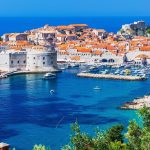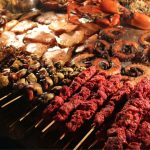Table of Contents
Italy doesn’t serve food. It lives it. Meals stretch for hours, ingredients have origins down to the exact hillside, and every region claims they make it best, whatever it is. If you want to eat well in Italy, you don’t need luck. You just need to know where to go, what to try, and who’s still cooking it the way their grandmother did.
A good culinary tour here isn’t just about tasting. It’s about rolling the dough yourself. Pouring olive oil where it was pressed. Picking herbs from the garden, then turning them into sauce. These are the places where food isn’t just consumed, it’s inherited.
Here’s where to go if you want to experience the real flavors of Italy, one region at a time.
Emilia-Romagna
For Pasta, Parmigiano, and the Real Balsamic
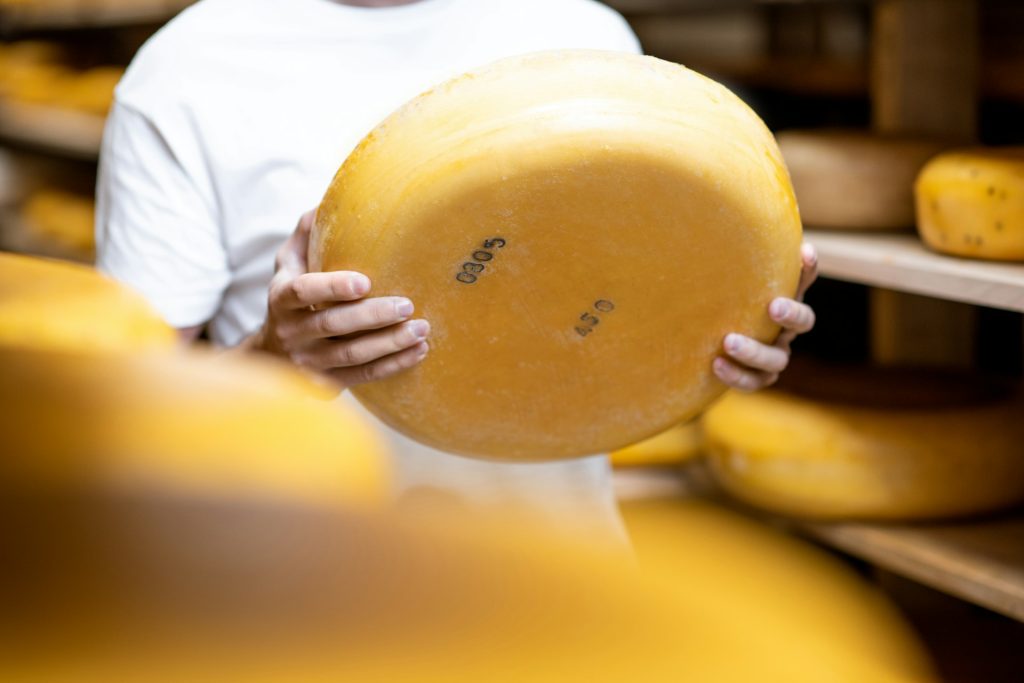
If you want the Italy behind the labels, Parmigiano Reggiano, Prosciutto di Parma, Aceto Balsamico Tradizionale, this is where it lives.
Why it delivers:
- Bologna is the epicenter of handmade pasta. Think tagliatelle al ragù, not “spaghetti bolognese.”
- Modena is home to aged balsamic that never sees a supermarket shelf.
- Parma produces world-famous cheese and cured meats with strict DOP standards.
What to do:
- Tour a Parmigiano Reggiano dairy at dawn to watch the cheese pulled from copper vats.
- Visit an acetaia (balsamic aging house) and taste vinegar aged 12, 25, or even 100 years.
- Take a pasta-making class in Bologna with a nonna who’s rolled dough for decades.
This region feeds Italy, and lets you get your hands dirty doing it.
Tuscany
For Farm-to-Table Simplicity and Olive Oil Everything
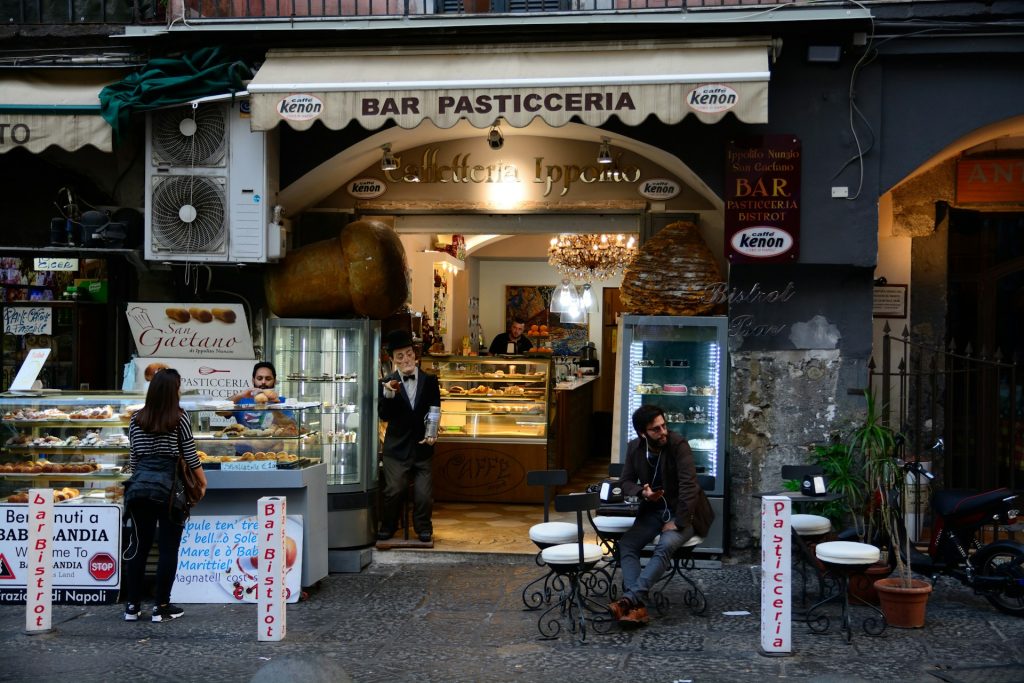
Tuscany does rustic well. No flash, no gimmicks, just honest food with deep roots. This is the land of Chianti, olive groves, pecorino cheese, and dishes that haven’t changed in centuries.
What to eat:
- Ribollita: Hearty bread-and-vegetable soup, peasant food turned classic.
- Bistecca alla Fiorentina: Massive t-bone steak, grilled rare, seasoned with just salt and olive oil.
- Cantucci and Vin Santo: Crunchy almond cookies dipped in sweet wine.
Best experiences:
- Book a cooking class at a rural agriturismo with pasta, sauces, and full Tuscan lunches.
- Visit a frantoio (olive oil mill) during harvest and see oil pressed fresh from the fruit.
- Join a truffle hunt with local experts and trained dogs in the hills near San Miniato.
Tuscany’s charm is in the slowness, meals that unfold, ingredients you can trace, and food made to be shared. If you’re planning to bring a bottle or two back home, a travel wine protector can keep them safe in your suitcase.
Sicily
For Bold Flavors, Street Food, and Arab Influence
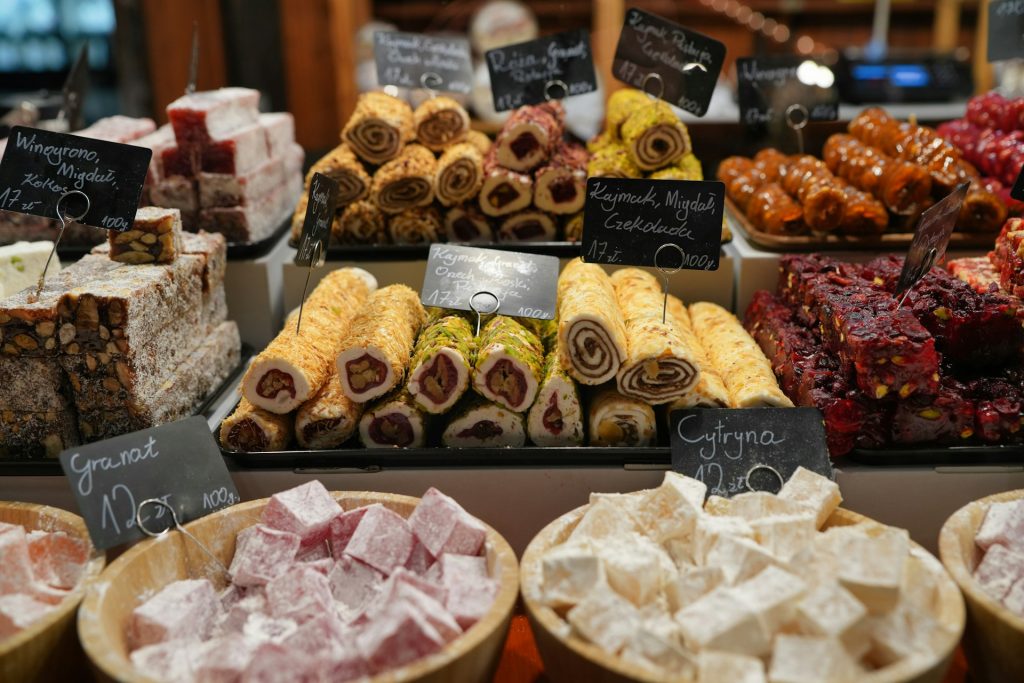
Sicily breaks the mold. Its food is spicier, sweeter, saltier. Influences from North Africa, Spain, and the Middle East show up in every dish, every market, every bite.
Top dishes:
- Arancini: Fried rice balls stuffed with ragù, peas, and mozzarella.
- Caponata: Sweet-and-sour eggplant with olives, capers, and vinegar.
- Cannoli: Fried pastry tubes filled with sweet ricotta, best eaten within minutes of being filled.
Where to go:
- Palermo: One of the best street food cities in Europe. Visit Ballarò and Vucciria markets for a guided tasting tour of panelle, sfincione, and stigghiola.
- Modica and Ragusa: For rich chocolate, earthy pastas, and rustic sauces.
- Etna region: Volcanic soil produces unique wines and deeply flavored produce. Tour a vineyard on the slopes for a full tasting and meal.
If you want loud, expressive food that tells you where it’s from, Sicily doesn’t hold back.
Piedmont
For Truffles, Barolo, and Northern Elegance
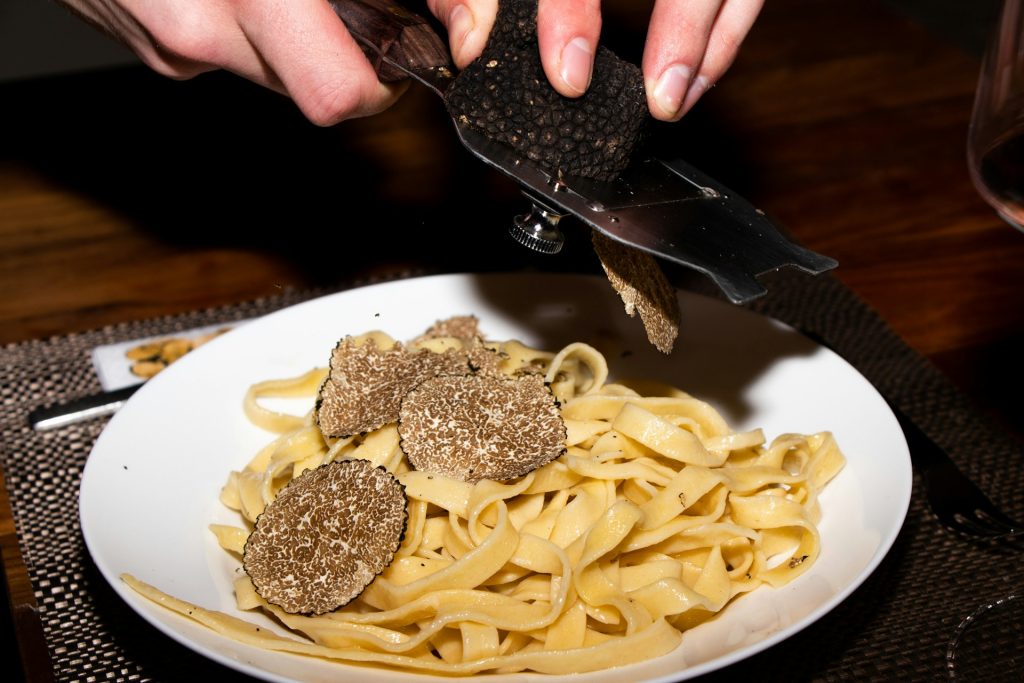
Piedmont is where food slows down. It’s polished but not pretentious, with dishes built around the seasons and wines that can take a decade to open up.
Signature flavors:
- White truffles from Alba – rare, pricey, and intoxicating.
- Vitello tonnato: Cold veal in tuna-caper sauce, a classic blend of subtle richness.
- Agnolotti del plin: Tiny stuffed pasta, hand-pinched, served in butter or broth.
How to dive in:
- Visit in autumn for truffle festivals and guided foraging tours.
- Book a Barolo or Barbaresco winery tour, many of which pair tastings with local cheese and salumi.
- Dine at small osterias where the menu changes daily based on the market and the chef’s mood.
Piedmont is where you go to eat slowly, drink deeply, and learn how food and wine age well together.
Naples and the Amalfi Coast
For Pizza, Pastries, and Coastal Ingredients
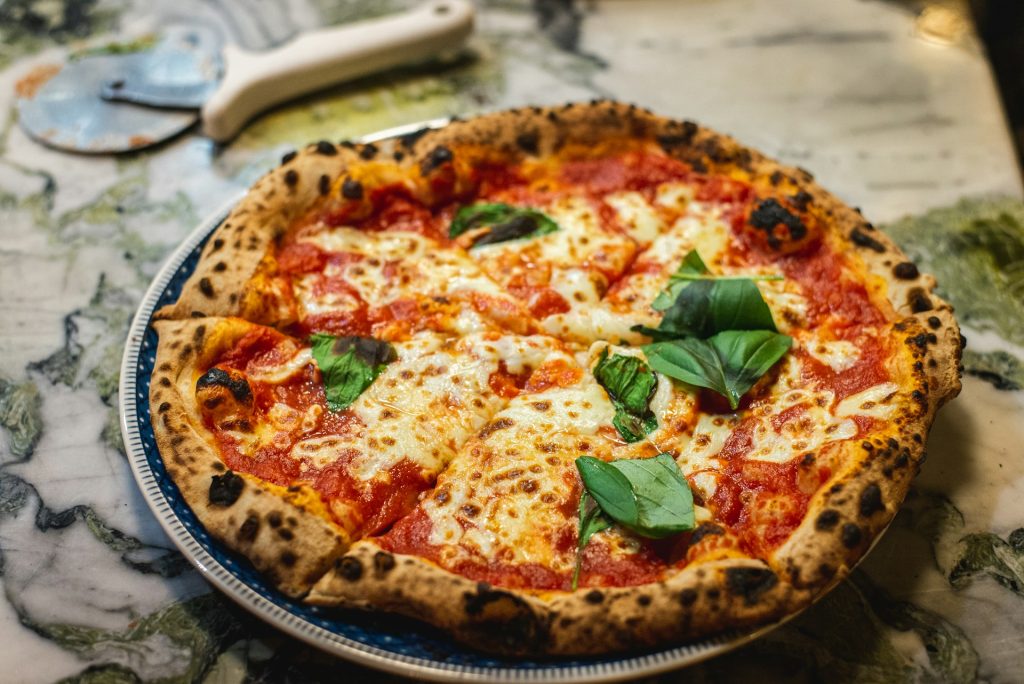
Naples invented pizza, and still makes it better than anywhere else. But there’s more here than mozzarella and marinara. The region balances seaside freshness with deep, fried, stick-to-your-soul comfort food.
What to eat:
- Pizza Napoletana: Soft, chewy, blistered crust. Served hot, fast, and best with just tomatoes, mozzarella, and basil.
- Sfogliatella: Flaky, ricotta-filled pastry with a satisfying crunch.
- Spaghetti alle vongole: Fresh clams, garlic, parsley, olive oil — nothing else needed.
What to do:
- Take a pizza-making workshop in Naples — wood-fired ovens and local ingredients.
- Tour limoncello distilleries along the Amalfi Coast.
- Join a seaside cooking class in Sorrento or Positano for seafood pastas and fresh gnocchi.
This region cooks with both hands — bold, simple, and full of sun.
Umbria
For Hidden Gems and Earthy Dishes
Often overshadowed by Tuscany, Umbria delivers the same hills, vineyards, and medieval towns, with fewer crowds and deeper food roots.
Known for:
- Black truffles, wild boar, lentils, and strong olive oil.
- Porchetta: Herb-stuffed roast pork with crispy skin, served from roadside trucks or market stalls.
- Strangozzi pasta with wild mushrooms or rich tomato sauces.
Why it’s worth the trip:
- Fewer tour buses, more traditional markets, and seasonal menus.
- Small towns like Spello, Bevagna, and Montefalco offer wine tastings, cooking classes, and real-deal trattorias.
- Local chefs often teach small group workshops in their kitchens.
It’s quiet, but it’s not boring, and the food doesn’t try to impress. It just shows up perfectly.

I’m Garrett, a seasoned photojournalist with a passion for uncovering the world’s hidden treasures. My journey is fueled by a deep curiosity for diverse cultures and breathtaking landscapes. When I’m not behind the lens capturing the world’s wonders, you can find me exploring underwater realms or sharing my passion for discovery with my two adventurous children.

